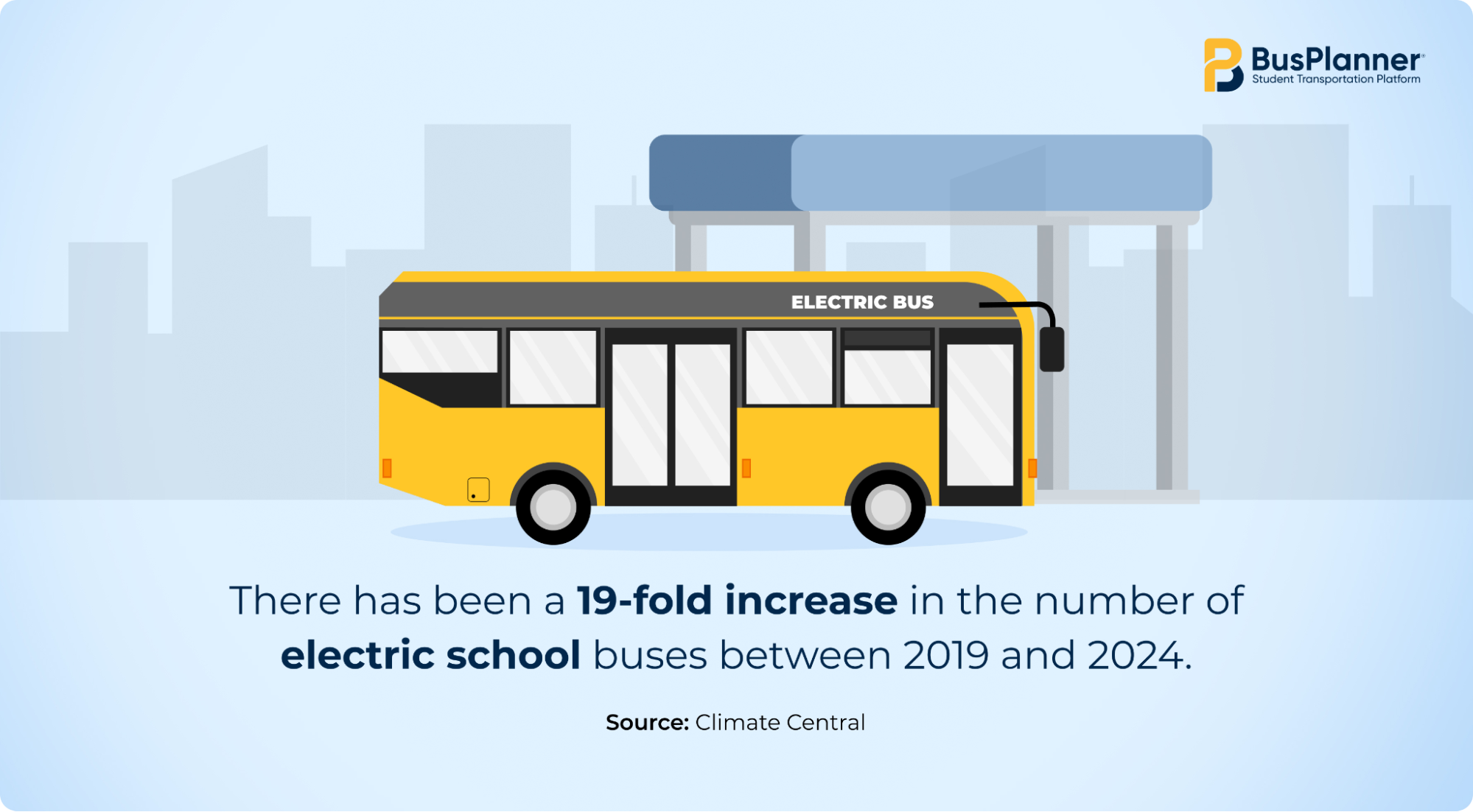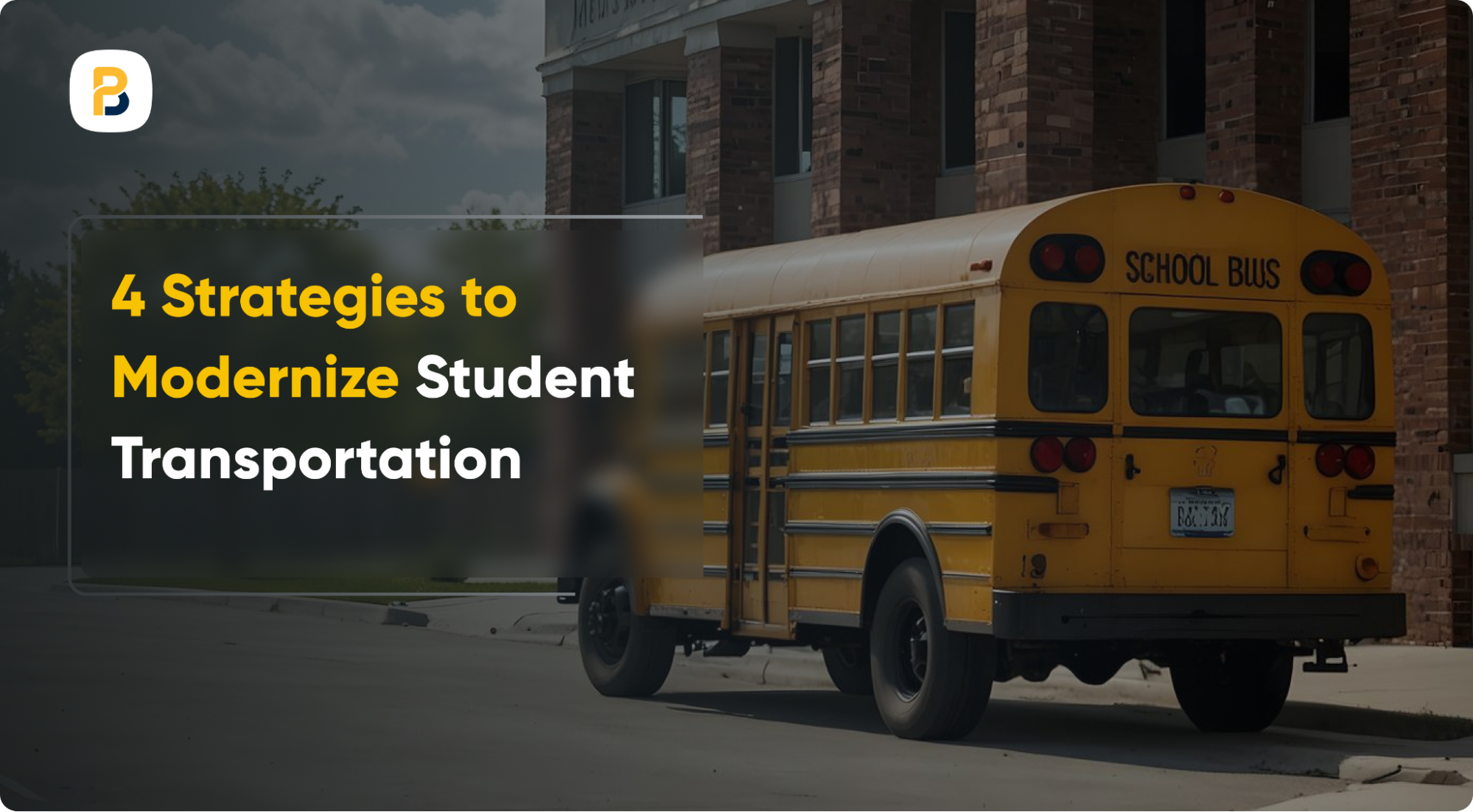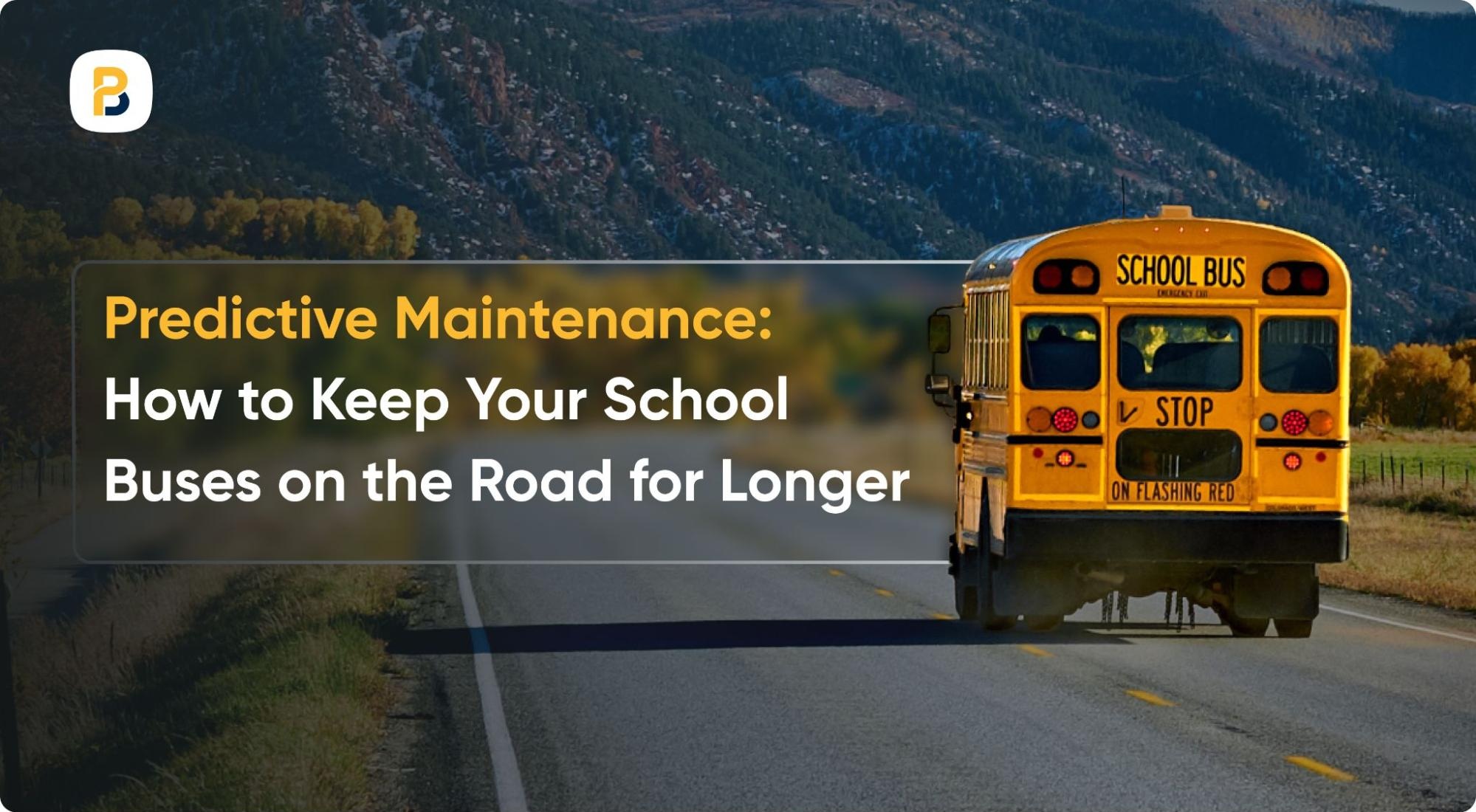There is an ever-increasing demand for safer, more sustainable, and more efficient ways of getting kids to school. Modernizing student transportation is the way forward; here are four strategies on how you can adopt modern techniques to keep all stakeholders satisfied.
1. Optimize Routing With Technology
Poorly planned routes can not only waste a lot more time but also cost school districts hundreds of thousands of dollars annually. An advanced school bus routing software can optimize routes to reduce travel time and costs.
While the investment may seem significant, a well-designed student transportation platform can put your ROI in the green from the very first month.
- A school bus routing software can optimize routes to ensure shorter rides.
- Fewer unused seats on each bus as the software ensures adequate occupancy.
- Improved fleet utilization with reduced resource wastage.
2. Boost Safety & Visibility using Modern Tools
Modern school bus GPS software, combined with automated stop notifications and in-ride video surveillance, can significantly enhance visibility. Here are some ways to leverage these tools:
- Train drivers regarding safety protocols and emergency management regularly.
- Use school bus parent tracking apps to give families more peace of mind.
- BusPlanner accesses data from the sheriff’s department regarding registered sex offenders, which allows for stop locations away from these danger zones.
3. Take the Sustainable Route

More than 21 million children ride the bus to school in the U.S., and over 90% of these school buses run on fossil fuels, primarily diesel. Children are put at risk every day as harmful emissions can seriously affect them.
The switch to hybrid and electric school buses has been slow, but it’s time to floor the pedal. Electric Vehicles (EVs) are the future of transportation, and districts can opt for the sustainable route by replacing existing gas-guzzling buses with electric vehicles.
- Lower emissions will benefit the environment.
- Running hybrid and electric vehicles may be more cost-effective than operating traditional buses in the long run.
- Students’ health will not be compromised thanks to the reduction in emissions.
4. Modernize Fleet Management
Managing the school bus fleet has undergone significant changes over the past couple of decades. Modern tools provided by an efficient school bus fleet management software can reduce maintenance costs, service delays, and unexpected breakdowns.
Proactive and preventive management can save school bus districts from unexpected costs and reduce their budget. It can also build trust between the department and parents.
- A school bus fleet management software can automatically build service schedules.
- Vehicle health can be monitored more effectively.
- Data can be taken from bus drivers to ensure that everything is running smoothly, and downtime can be reduced.
Why Modernizing Student Transport is Important
While many districts are getting by using pen and paper, investing in modern student transportation software has started becoming a necessity for the following reasons:
- Cost and staffing pressure continue to rise in the school bus industry. Keeping the service affordable can be a significant challenge, and modern tools can substantially reduce costs. Optimized routing and reduced breakdowns can help alleviate cost pressure.
- Student safety and health in a top priority for school districts and parents. By using technology to make transportation safer, while reducing emissions with alternative fuels, districts can address two major problems in the industry.
- Sustainability can be achieved with long-term changes in line with technological advancements. In 2022, greenhouse gas emissions from transportation accounted for 29% of total U.S. greenhouse gas emissions. Regularly maintaining the school bus fleet and replacing fossil fuel with hybrid and electric vehicles is the future of the business.







